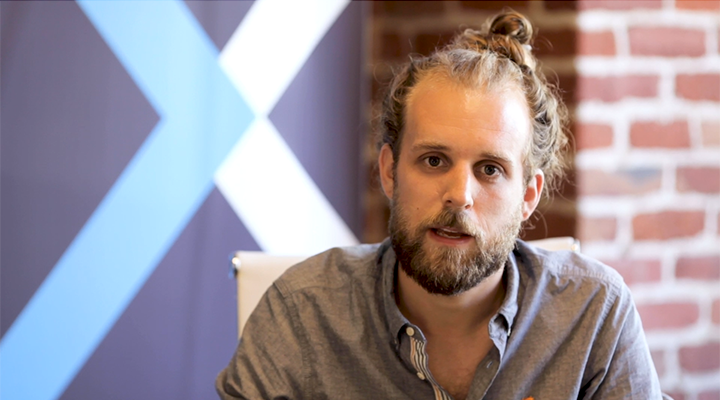As Featured on Forbes
BLOG
Bringing Behavioral Science out of Academia and into the Real World
If you’ve ever seen a TED talk, listened to Freakonomics or read a book with “nudge” in the title, you’ve probably encountered Behavioral Science. Most people are naturally drawn to this science of decision making and are intrigued by the thinking patterns they reveal. Unfortunately, most of these studies occur within highly controlled experiments and are hard to reproduce.
At Next Step, we bring the theories of Behavioral Science into the real world. We couple our teams of scientists and strategists with teams of designers, copywriters and developers to turn these behavioral insights into immediate business applications.
In this article, we'll pull back the curtain on correctly using Behavioral Science and show you how to treat it as a science — with all necessary controls and rigorous testing. You’ll see an example of applying a predictive framework we developed to pinpoint a causal relationship between what your company does and how your users respond.

The Challenge: Changing the Behavior of Existing Users
Unlike most companies that come to us for help, this client wasn’t primarily seeking new users. They already had a huge footprint within education. However, they needed to convince existing users to increase adoption and realize the full potential of their edtech product.
Although messaging is an art form, we needed science to inform our strategy. Which Behavioral Science intervention would successfully motivate users to change key behaviors? There are countless Behavioral Science concepts, but they’re not magic bullets on their own. To influence behavior, you need to first understand how your audience interacts with each concept.
Step One: Create Hypotheses
First, you need to unearth some relevant themes. Look at your product or service with fresh eyes, preferably by bringing in an intelligent outsider who can demo your products, review research and interview the executive team. For the greatest candor, be sure to conduct these interviews individually. Otherwise, you’ll experience group mind, where people influence each other unduly. Once you’ve found several relevant themes, you can consider which Behavioral Science concept will boost what’s already there.
In our instance we tested the following Behavioral Science concepts:
Processing Fluency:
What it is: Making it easier for people to process information by using simple, familiar language.
Why we used it: Research revealed users craved more clarity.
Social Proof:
What it is: Helping people make decisions by showing them what their peers did in similar situations.
Why we used it: Many teachers and IT professionals look to other districts to discover and share successful strategies.
Relativity:
What it is: Using comparisons so people don’t have to evaluate something in a vacuum.
Why we used it: Users who added more apps to the platform had a much more positive experience using the product.

Step Two: Step outside the Bubble
To validate your ideas, you’ll need to gain real-world feedback through qualitative interviews. Step outside the executive suite and interview users; in our case, these users consisted of teachers and IT professionals. Be sure to speak to a variety of people, including those with different levels of satisfaction and adoption.
Step Three: Use What You Learned
This stage is critical. In our experience, one of the most troublesome biases people deal with is confirmation bias — using new information to support what you already believe. Don’t be overly attached to your hypotheses. An effective scientist welcomes proof that they’re wrong. In our case, we found evidence for an entirely new hypothesis:
The Endowment Effect:
What it is: When people already own an object, they tend to place more value on it than on an object they didn’t own.
Why we used it: Districts spend a lot of money on edtech.
Step Four: Test All Hypotheses/Messages
Now it’s time to get your message in front of real users. Be sure to control for participants profession, usage and years at their job. After you’ve created randomized groups, send each group a unique subject line and body for each hypothesis. You can run several experiments at this point:
Email Experiment:
Which hypothesis gets people to open their email?Click Experiment:
Which hypothesis gets people to click on the survey link?Survey Experiment:
Which hypothesis gets people to complete the survey?

Step Five: Analyze the Results
The proof is in the pudding. You’ll know which intervention resonates most by seeing the actions people took for each hypothesis. Did they open the email? Complete the survey? This type of controlled experiment tracks actual participation so you get the data you need to move forward with confidence.
Our process includes systematically isolating variables, running a series of controlled interventions and determining which strategies result in measurable change. When you’re addressing mission-critical areas of your business, Behavioral Science interventions can be a powerful resource. Just be sure to include methodologies from social science and seek to understand the “why” of decision making. You can only influence human behavior once you understand it.







